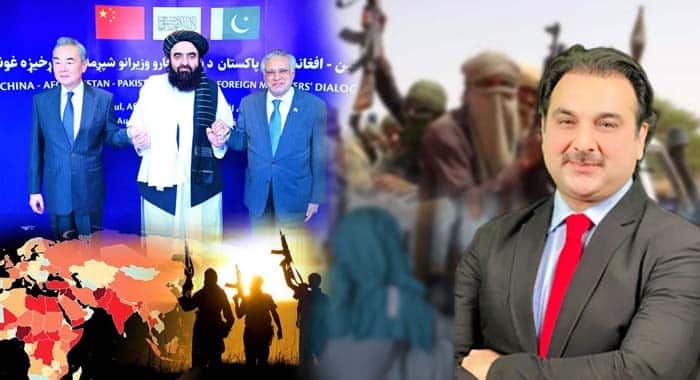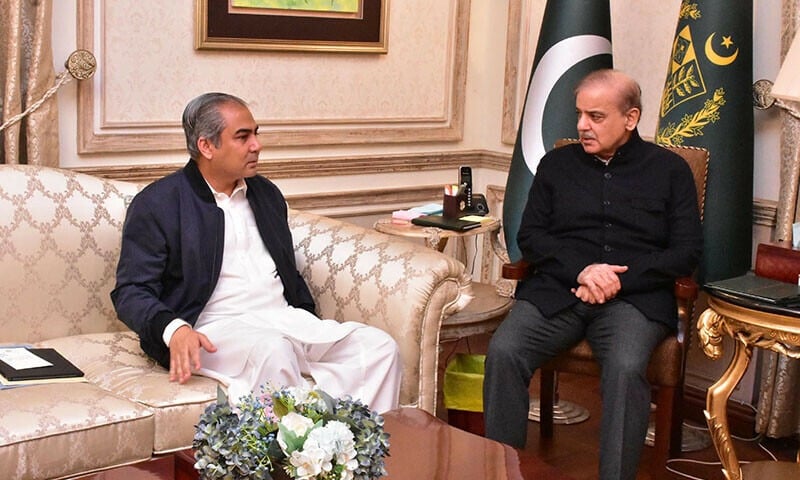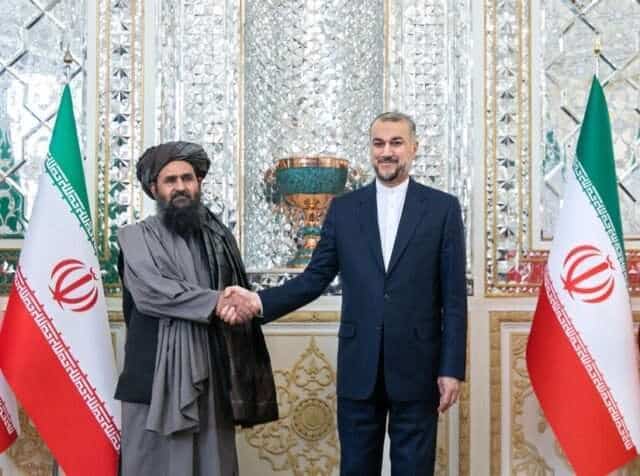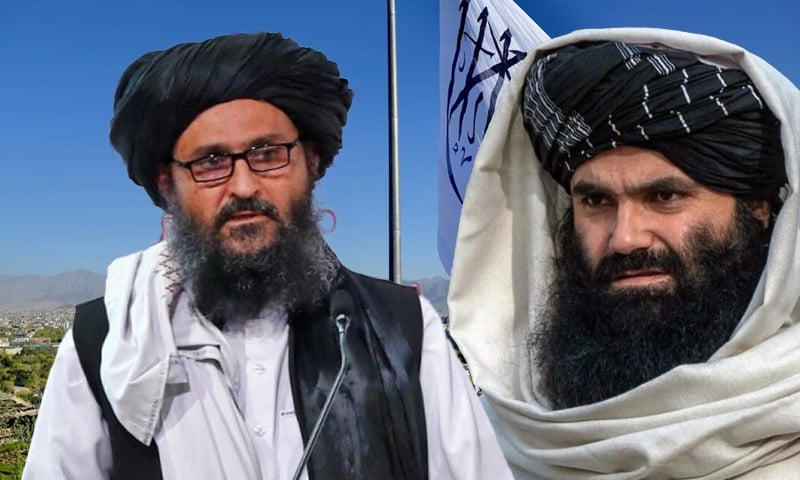Irfan Khan
The future of regional cooperation and prosperity in South and Central Asia is increasingly tied to the trilateral relationship between Pakistan, China, and Afghanistan. Ambitious trade agreements and the expansion of the China-Pakistan Economic Corridor (CPEC) promise economic integration, but the gravest obstacle remains terrorism, which has emerged as the single biggest challenge to progress.
Recent discussions in Beijing and Kabul revolved around Afghanistan’s role in eliminating terrorist organisations from its territory before it can be included meaningfully in trade frameworks. The fundamental question arises: is Afghanistan’s commitment to terminate these groups based on genuine political will, or is it merely the result of diplomatic pressure from Pakistan and China?
China’s priorities are clear it places the economy at the centre of its domestic and foreign policy. The country seeks not only to strengthen its own markets but also to extend its economic influence across neighbouring regions. China does not want war; instead, it envisions stability as the foundation for CPEC’s extension into Afghanistan. Security, therefore, has become a non-negotiable condition for Beijing’s cooperation.
This concern is not hypothetical. Just months ago, Islamic State Khorasan Province (ISKP), also known as Daesh, killed a Chinese national in Afghanistan. For Beijing, the contradiction is stark: how can China invest heavily in projects if its citizens and workers remain vulnerable to terrorist attacks? A similar incident in Bisham, Pakistan, reinforced Chinese anxieties. With lives of its nationals at stake, China’s insistence on robust security is entirely understandable.
The threat is not limited to isolated attacks. Afghanistan today hosts a troubling concentration of militant outfits. Reports suggest that as many as 23 terrorist organisations are active, including Al-Qaeda, ISKP, the banned Tehreek-e-Taliban Pakistan (TTP), Balochistan Liberation Army (BLA), and Jamat-ul-Ahrar. The Economist recently reported that between 4,000 and 6,000 ISKP fighters are operating in eastern Afghanistan, where training camps have been identified in Nuristan, Kunar, and Paktika. The group is considered the most dangerous threat by Western governments, which now classify ISKP as an international terrorist organisation.
ISKP’s operations are not confined to Afghanistan. They have carried out deadly attacks across the region: targeting Jamiat Ulema-e-Islam (JUI) in Kerman, striking Iranian citizens, and orchestrating cross-border violence. Significantly, The Economist notes that ISKP’s ranks include Uzbeks, Tajiks, and Turks, all concentrated in Afghanistan’s eastern provinces. The key unanswered question remains—who is funding these networks, and to what end?
For Pakistan and China, the stakes are high. If Afghanistan cannot act decisively against these groups, the entire framework of trilateral cooperation risks collapse. Recent meetings in Beijing and Kabul made it clear: Afghanistan must choose between tolerating militants or embracing trade. It cannot have both.
Pakistan, for its part, has signalled zero tolerance for militancy. Counterterrorism operations have intensified, and security measures for Chinese nationals have been reinforced. The Khyber Pakhtunkhwa Home Department has taken steps to ensure that Chinese visitors are provided with foolproof protection, including bulletproof vehicles. At the state level, the message is unambiguous there is no space for militant groups, and the safety of Chinese partners is a national priority.
Despite these commitments, adversarial elements remain determined to sabotage cooperation. Foreign-funded terrorist outfits continue to target Chinese workers, aiming to derail economic progress. Yet, Islamabad has made it equally clear that development and security will go hand in hand, and those undermining this vision will be confronted.
Meanwhile, on the domestic front, security forces have achieved notable success in Bajaur through Operation Sarbaqaf. The operation targeted militants hiding in the village of Turkho, where reports confirmed that several terrorists were killed after an explosion in a mosque where explosives were stored. Telegram channels linked to the TTP themselves admitted casualties, underscoring the operation’s effectiveness.
Following clearance of the area, the district administration announced that displaced residents could safely return to their homes. This development is a welcome relief for the local population, but it also underscores deeper challenges. Militants who fled Bajaur may have relocated to other tribal districts such as Mohmand and Chitral, or even crossed into Afghanistan. Clearing one village is progress, but the broader militant infrastructure remains intact.
Equally pressing is the question of governance and rehabilitation in Pakistan’s merged tribal districts. Since the 18th Amendment and the subsequent merger of FATA into Khyber Pakhtunkhwa, promises of development have remained largely unfulfilled. Over the past seven to eight years, the government has failed to deliver schools, healthcare facilities, sports programmes, or vocational training centres at the scale required. Out of the estimated Rs700–800 billion earmarked for development, only Rs200 billion was reportedly spent, much of it marred by corruption.
This governance vacuum has fuelled disillusionment among locals, who question the benefits of the merger. Courts remain inaccessible, poverty persists, and opportunities are scarce. The absence of tangible progress has eroded public trust in state institutions, creating fertile ground for resentment and militancy.
The solution lies not only in military operations but also in sustained socio-economic development. Employment opportunities, technical training, educational facilities, and transparent governance are essential to restoring trust and preventing future insurgency. Unless the government addresses these structural deficiencies, militancy may resurface despite short-term tactical victories.
In conclusion, the future of Pakistan-China-Afghanistan cooperation hinges on one decisive factor: the elimination of terrorism. Without Afghanistan’s concrete action against ISKP, TTP, and allied groups, trade agreements will remain aspirational rather than operational. Pakistan has demonstrated its resolve both in counterterrorism and in safeguarding Chinese nationals, but regional stability requires Kabul’s active partnership. At the same time, Pakistan must complement its military strategy with genuine socio-economic reforms in the tribal districts. Only then can progress overcome the obstacles of terrorism, ensuring that trade, development, and security reinforce one another in a sustainable cycle.





